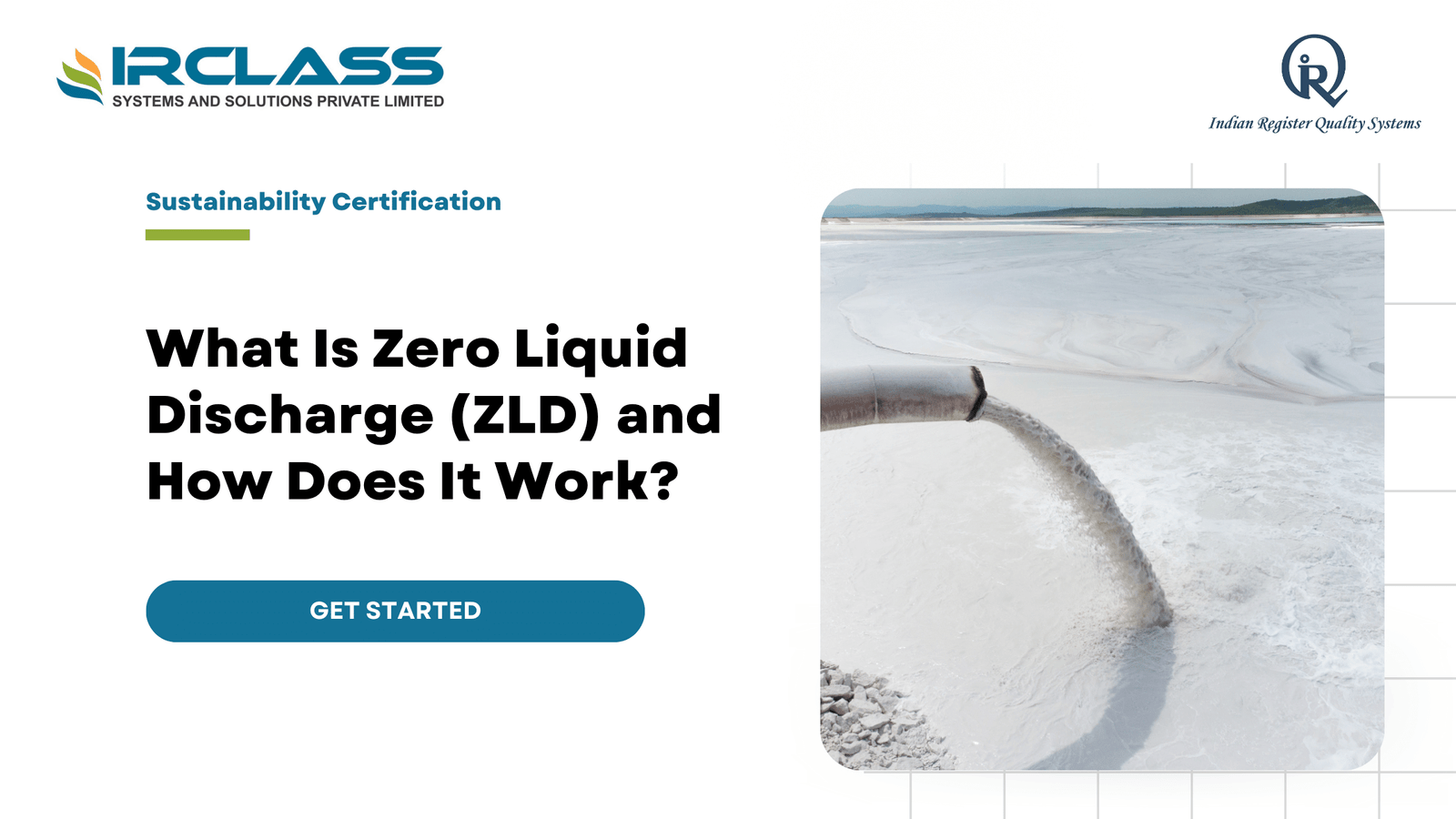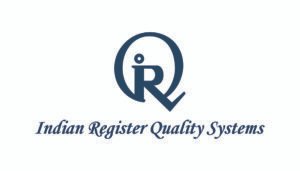Tag: product carbon footprint
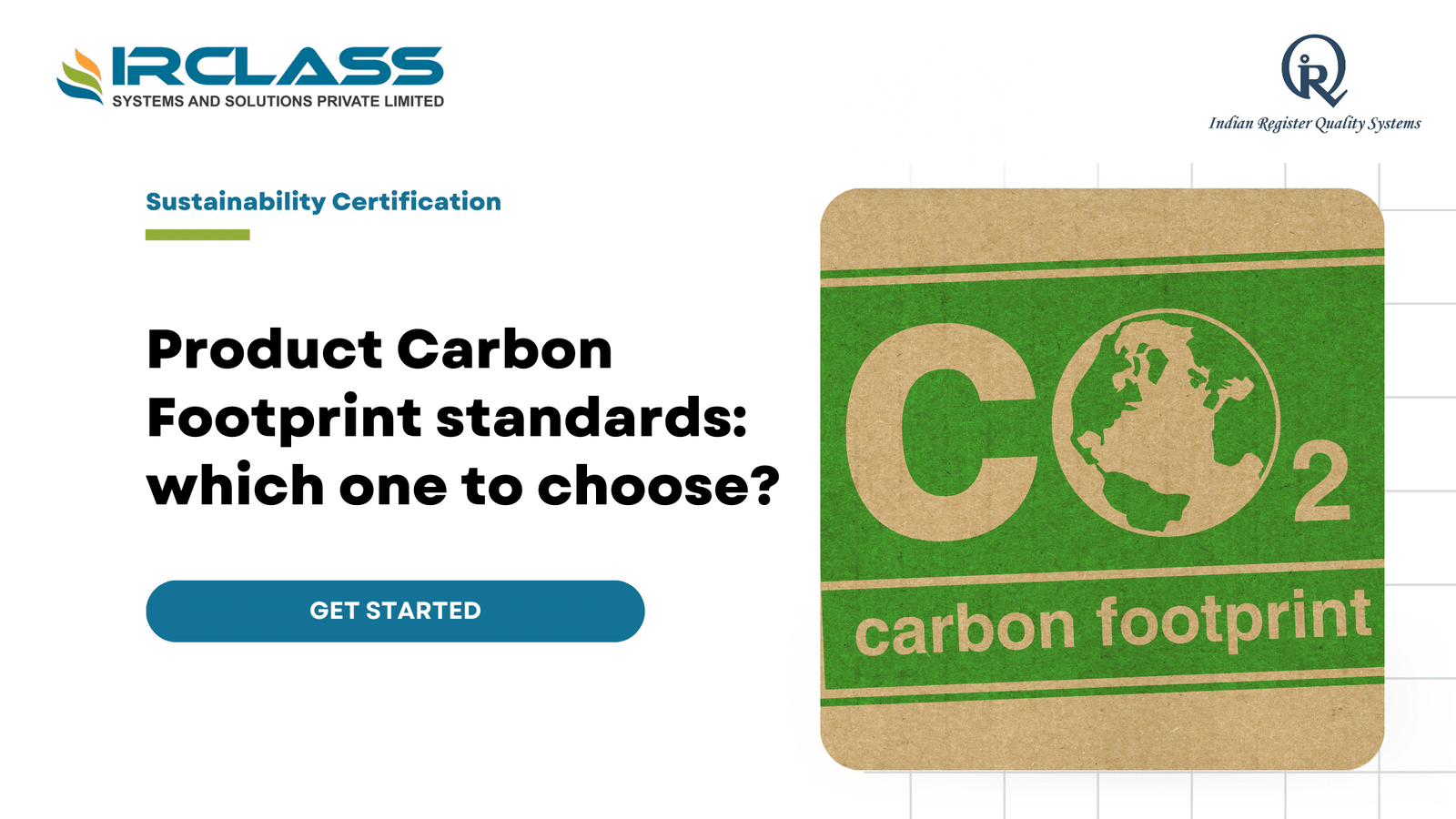
PAS 2050 vs ISO 14067: Which Carbon Footprint Standard Should You Choose?
Carbon footprint standards assist organizations to quantify the climatic impact of their products. However, it is confusing to select the right standard. The two most well-known are PAS 2050 and ISO 14067. Both are applied to measure greenhouse gas (GHG) emissions of products and services. However, they pursue different approaches and have different objectives. When you are attempting to develop a credible carbon reduction plan or substantiate climate-related claims, the standard you select is important. It influences the way you gather data, compute emissions, and report findings. It also influences the acceptability of your numbers by regulators, buyers and auditors. What Is PAS 2050? PAS 2050 is a Publicly Available Specification developed by the British Standards Institution. It was first published in 2008. The goal was to provide a consistent way to measure the life cycle GHG emissions of goods and services. PAS 2050 focuses heavily on product life cycles. It looks at all the stages from raw materials to disposal. That means it’s useful for companies in manufacturing, agriculture, and retail. If you need to assess the carbon footprint of a physical product, PAS 2050 gives you a structured approach. It’s also commonly used in supply chain projects. When a company wants to reduce emissions in its value chain, PAS 2050 helps identify where those emissions come from. What Is ISO 14067? ISO 14067 is an international standard that came later. It was published by the International Organization for Standardization in 2018. It builds on earlier standards like ISO 14040 and ISO 14044, which cover life cycle assessments (LCAs). ISO 14067 focuses specifically on the carbon footprint of products, but it’s designed to be globally consistent. It includes clear guidelines for how to quantify and communicate GHG emissions. It also provides rules on how to handle data gaps, uncertainty, and system boundaries. This standard is more specific in certain aspects, particularly documentation and third-party verification. It is frequently applied when companies must comply with global supply chain demands or when carbon claims will be third party audited. Key Differences Between PAS 2050 and ISO 14067 The two standards have a lot in common. Both follow a life cycle approach. Both include upstream and downstream emissions. Both allow cradle-to-gate or cradle-to-grave assessments. But they differ in scope, depth, and acceptance. Which One Should You Choose? The decision is based on your objective. PAS 2050 is sufficient when you are interested in product-level carbon footprinting of local supply chains or internal decision-making. It’s simpler to implement and works well for organizations just starting with carbon footprint analysis. But if you’re planning to disclose your carbon footprint in international markets or through ESG reports, ISO 14067 is the better choice. It gives you stronger documentation and global recognition. It’s also easier to integrate with other ISO systems you may already be using. If you’re preparing for third-party assurance or carbon labeling, ISO 14067 is often preferred by certifiers. That’s because it has clear documentation rules and aligns with other ISO verification methods. Industry Use Cases for Each Standard Various industries have various standards depending on the operations. PAS 2050 is common in agriculture and food. It is straightforward, product-oriented, and acceptable to buyers in food supply chains. In building, ISO 14067 is applied to environmental product declarations (EPDs). In automotive and electronics, where international trade is an issue, ISO 14067 is more prevalent. It assists firms to have consistency among countries and suppliers. In consumer goods, both standards are applied depending on whether the company is reporting locally or globally. If you operate in a sector with high ESG standards, such as finance or infrastructure, ISO 14067 provides greater alignment with sustainability reporting and investor reporting. How the Two Standards Handle Emissions Data Both standards require accurate GHG data, but the way they manage that data is different. PAS 2050 allows for more assumptions. That’s helpful when data is hard to get, but it also means the results may be less precise. ISO 14067 demands better data quality. It also requires companies to state how they dealt with uncertainty. This is useful when the carbon footprint will be audited or published. In practical terms, ISO 14067 needs more time, effort, and technical resources. But it delivers a more robust and transparent footprint calculation. Carbon Reduction and Communication Both PAS 2050 and ISO 14067 help companies to reduce emissions. ISO 14067 offers more open directions on reporting outcomes. In order to communicate publicly, e.g. that a product has a 30 percent lower carbon footprint, you will have to comply with more rigorous communication requirements. PAS 2050 allows claims too, but they may not always meet international expectations. If you plan to use product labeling, marketing materials, or ESG disclosures, ISO 14067 is safer. It supports consistent and verified claims that reduce greenwashing risk. Which Standard Supports ESG Reporting Better? ISO 14067 integrates more easily into ESG reporting frameworks. It supports the kind of traceable, third-party verified data that auditors and investors expect. If your goal is to align with TCFD, CDP, or CSRD disclosures, ISO 14067 fits better. PAS 2050 is useful for internal assessments and supplier engagement. But it may require extra effort to convert the results into ESG-ready formats. ISO 14067 offers a cleaner path from measurement to disclosure. Cost and Complexity PAS 2050 is quicker and less expensive to use. It is appropriate to SMEs or companies that want to take a first step in carbon accounting. ISO 14067 is more time-consuming and labor-intensive, but it is worth the investment in the long-term perspective in case you want to be compliant, report, and certify. The price variance usually varies with the scope of the project, internal capabilities and whether you are doing in-house analysis or hiring a consultant. Either way, the most costly option is the one that fails to satisfy your reporting or verification objectives. Conclusion Both PAS 2050 and ISO 14067 assist organizations to measure and manage their carbon footprint. The correct option is based on your
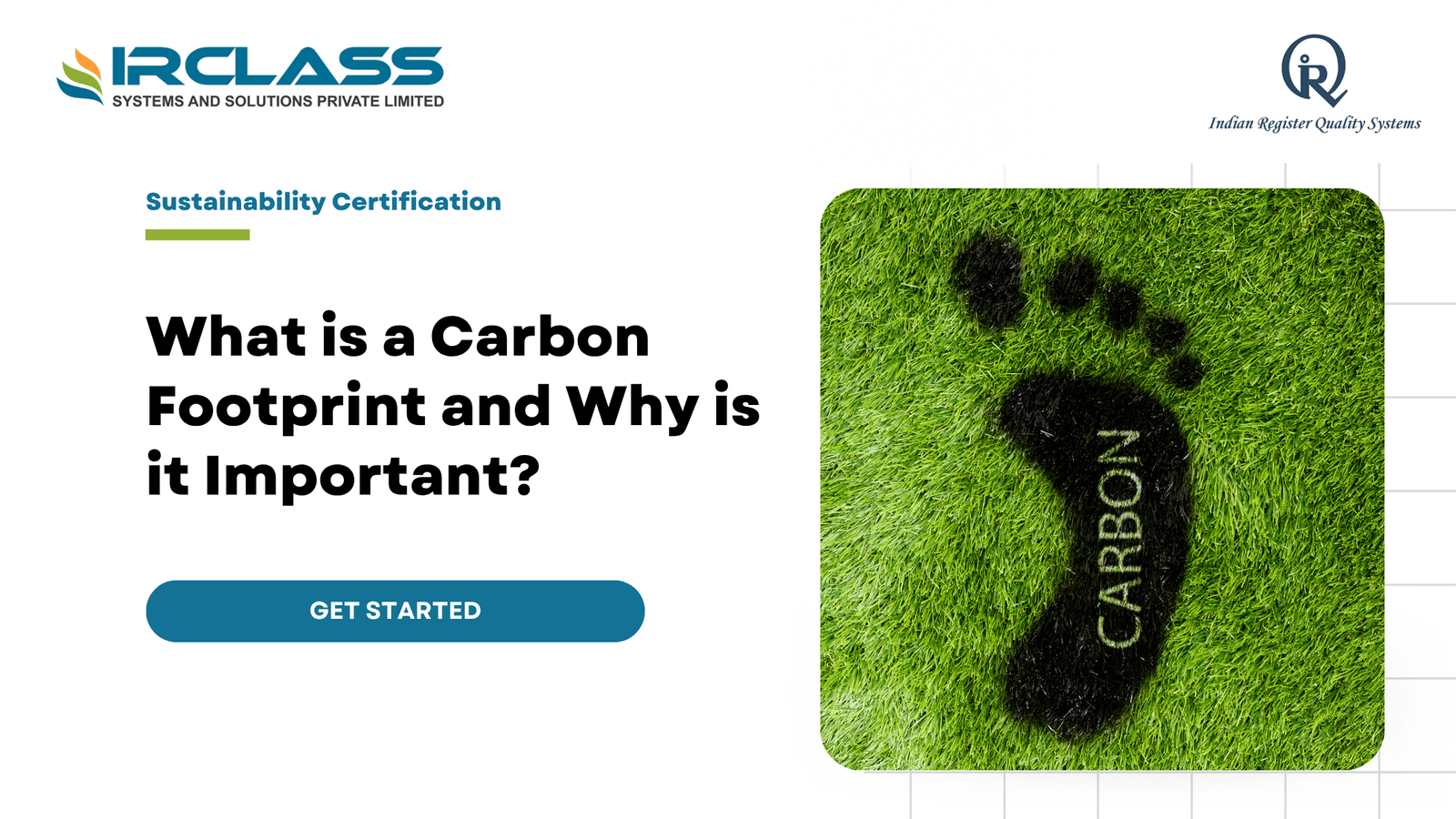
What Is Carbon Footprint Verification & Why It’s Critical for Your ESG Goals
Carbon footprint is not just a number. It’s a signal. It tells the world how your business interacts with the environment. And as ESG becomes a core part of how investors, customers, and regulators judge companies, that signal needs to be clear and credible. Carbon footprint verification is the process of checking that your emissions data is accurate, complete, and reliable. It’s how you show that your reporting is real, not just good intentions. Without it, your ESG strategy is just a story. With it, you’ve got proof. Why Carbon Footprint Matters in ESG ESG stands for Environmental, Social, and Governance. The “E” is often the hardest to measure—but also the most urgent. From climate regulations to investor pressure, environmental performance is under the spotlight. Carbon emissions are at the center of that conversation. If you can’t measure your carbon footprint, you can’t reduce it. And if you can’t prove what you’ve measured, no one will take it seriously. That’s where verification comes in. It’s Not Just About Saving the Planet—It’s About Staying in Business Governments are introducing stricter climate rules. Investors are screening for climate risk. Big corporations are auditing their supply chains for emissions. If you can’t show your numbers—or worse, if they’re wrong—you lose out. Carbon footprint verification helps you stay compliant, avoid greenwashing claims, and build trust. It’s not just good for the planet. It’s smart business. What Verification Actually Does Verification is not an internal review. It’s not based on assumptions. It’s a third-party check. Auditors look at your data, your process, and your calculations. They test it against international standards like ISO 14064 or the GHG Protocol. They don’t just ask “did you do it?” They ask “did you do it right?” Once verified, your carbon data becomes credible. You can use it in ESG reports, investor updates, sustainability claims, and supplier assessments. Why Verification Adds Real Value Anyone can publish an ESG report. But not all reports are created equal. Verified carbon data gives you a competitive edge. It shows stakeholders that you take sustainability seriously—and that your numbers are backed by real checks. It also helps you spot problems. During verification, issues often surface that might have been missed: incorrect assumptions, missing data, and wrong conversion factors. Fixing them early means better decisions and lower risk. Carbon Footprint Verification Supports Better Strategy When you know your real impact, you can make real plans. Verified data helps you set science-based targets. It lets you track progress over time. It helps you compare sites, teams, and suppliers. And it helps you talk about climate action with confidence. This is about more than optics. It’s about building a strategy that’s grounded in truth, not guesswork. Companies Are Being Held Accountable Carbon claims are under pressure. Consumers are asking for proof. Regulators are cracking down on false sustainability messages. Investors are running climate stress tests. If your carbon data isn’t verified, you’re exposed. There’s a growing expectation: show your math. If you say you’ve cut emissions by 20%, stakeholders want to know how you calculated it. Verified data removes doubt. What Gets Verified? A proper carbon footprint verification looks at: Every step is checked. If something doesn’t add up, it gets flagged. That’s how you move from estimates to accuracy. Carbon Verification Builds Market Confidence Today, ESG scores affect your brand, your funding, and your partnerships. A strong carbon verification can lift your ESG rating. It can make ESG data providers take you seriously. It can give banks and investors more comfort when evaluating risk. It’s also becoming part of procurement. Large buyers are now requiring emissions data from their suppliers. Verified numbers get you in the door faster. It’s Cheaper to Get It Right the First Time Unverified data might seem faster. But mistakes are expensive. Fixing a flawed report, responding to scrutiny, or correcting the record later costs time and trust. Verification saves you from that. Think of it like an audit for your emissions. It gives you confidence that what you’re reporting is real. And it lets others trust you without second-guessing. Verification Is a Step Toward Net Zero Many companies have set net-zero targets. That’s great. But targets without credible measurement are just promises. You can’t manage what you can’t measure—and you can’t prove what you haven’t verified. Carbon footprint verification isn’t just a checkbox. It’s the foundation. Once your emissions data is solid, you can build real reduction plans, track real outcomes, and show real progress. The Push Is Coming from All Sides The pressure to verify is growing: This isn’t a future problem. It’s happening now. Businesses that move first get ahead. The rest get left behind. Don’t Wait for Regulation It’s easier to start when the choice is yours. Waiting for mandatory rules means rushing under pressure. It means higher costs, more mistakes, and more stress. Voluntary carbon footprint verification puts you in control. You set the pace. You choose the scope. And you’re ready when regulation comes. You Don’t Need to Have Everything Perfect You can start small. Pick one site, one product line, or one business unit. Verify that. Build your approach over time. What matters is that you start. Verification is not about being flawless. It’s about being transparent, consistent, and committed. Conclusion Carbon footprint verification is no longer just a best practice. It’s a business need. It strengthens your ESG reports, protects your brand, and positions you for the future. The companies that take this seriously today will be the ones leading tomorrow. If you’re ready to verify your carbon footprint, work with a partner who knows how to do it right. IRQS brings experience, credibility, and a clear process. They help you move from estimates to evidence, so you can build trust where it counts.
Search
Useful Links
Recent Posts
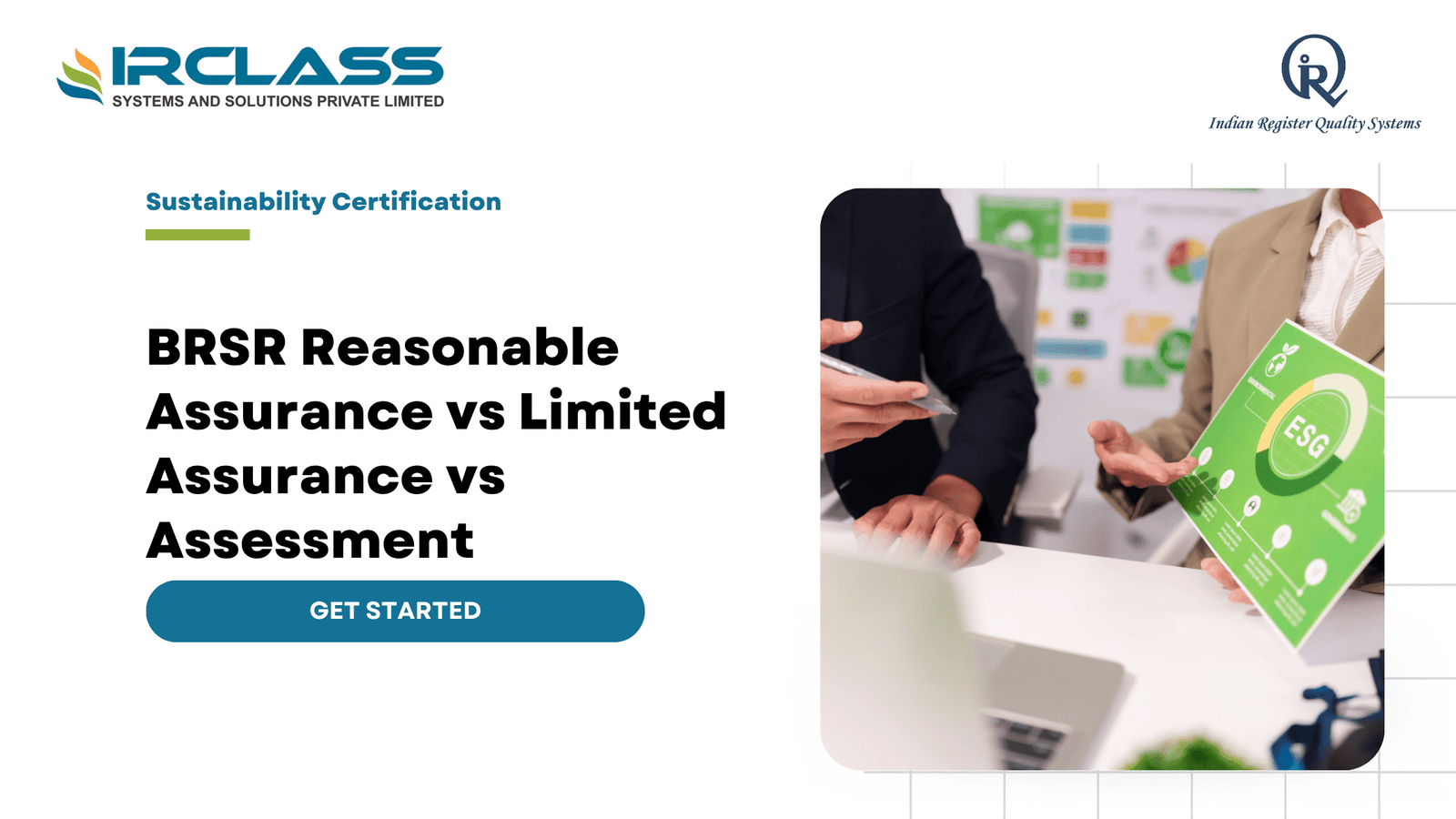
BRSR Reasonable Assurance vs Limited Assurance vs Assessment
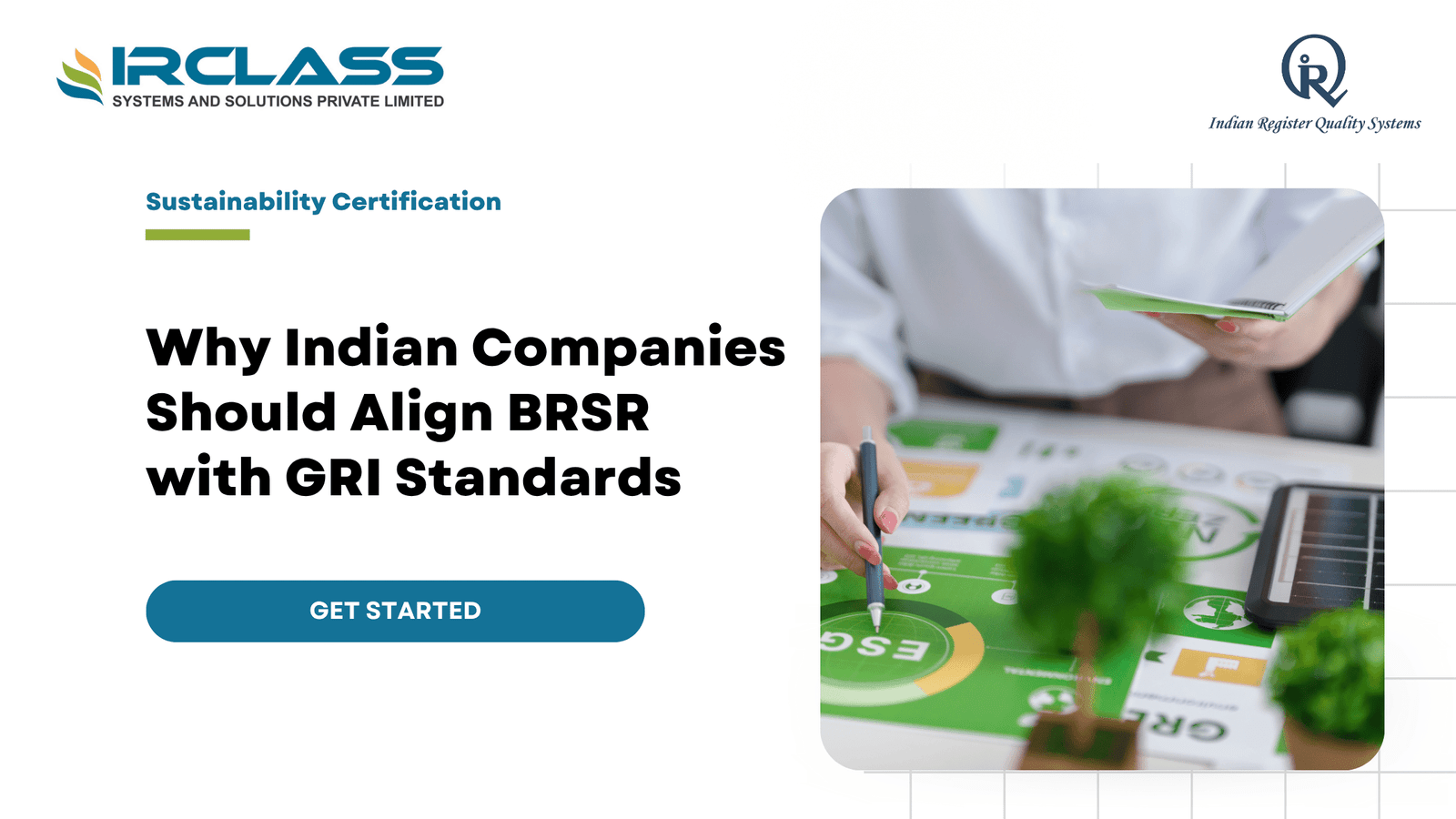
GRI Reporting and SEBI’s BRSR: Building Credible ESG Reports for Indian Companies
